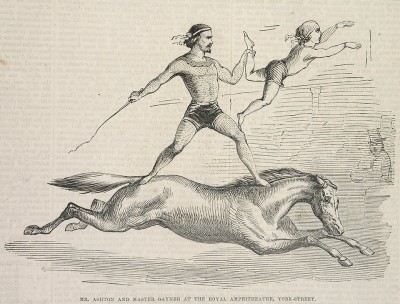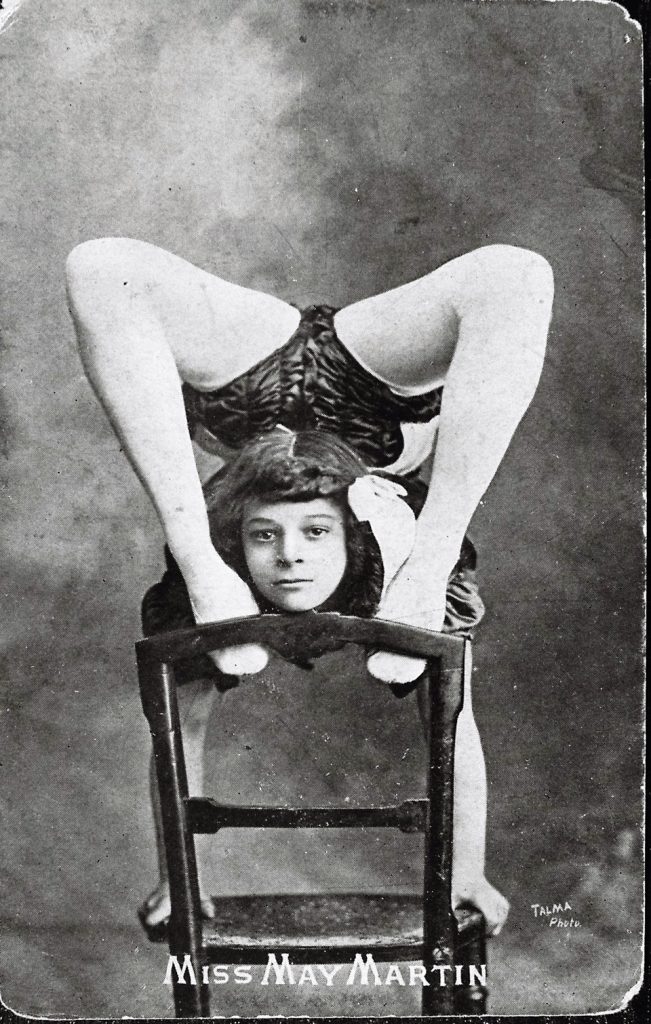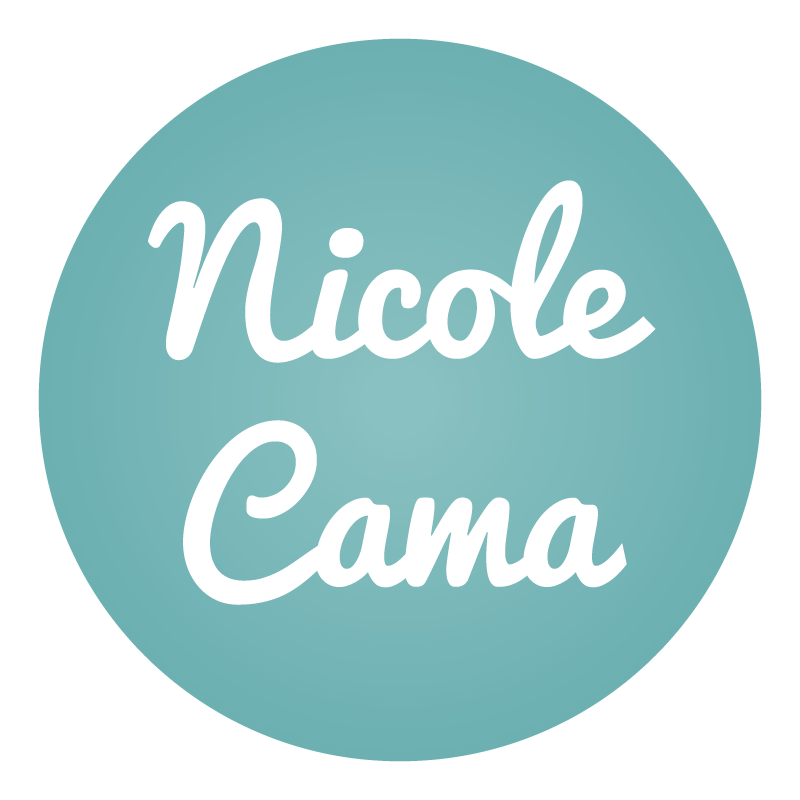
James Ashton, Ashton’s Amphitheatre, 1855.
From the collection of the State Library of New South Wales [TN115] (Illustrated Sydney News, 2 June 1855).
With the Sydney Festival kicking off today I’m sure there are plenty of revellers looking forward to the circus and cabaret acts that will grace the city’s nightlife. But did you know Sydney has a long history with the circus, dating all the way back to 1850? This morning I spoke to 2SER radio about this fascinating piece of history featured in the Dictionary of Sydney.
The modern circus emerged in London in 1768. The word itself entered common usage as it referenced the open-air, circular riding tracks used by performers. Although these performers were a source of entertainment, they were considered low in the social hierarchy and were labelled ‘rogues, vagabonds and sturdy beggars’. In fact, some of England’s circus performers found themselves on the wrong side of the law and were subsequently transported to Australia, bringing their act to new audiences.
In 1833, two ropewalkers, one a former convict, performed at the new Theatre Royal in George Street, Sydney. And in 1842, the Italian self-named ‘Professor of Gymnastics’ Luigi Dalle Case brought his circus troupe to a purpose-built pavilion in Hunter Street, which consisted of equestrians, ropewalkers, gymnasts, acrobats and clowns. Unfortunately he went bankrupt within a few weeks as competition sprung up across the city.
It wasn’t until 1849 that two key figures in the history of circus in Australia finally arrived in Sydney, after performing in Tasmania. The two equestrians, Golding Ashton and John Jones were known by their stage names James Henry Ashton and Matthew St Leon, and started their careers Launceston.
After performing in Melbourne, Ashton and his troupe travelled from Port Phillip to Sydney, and according to Ashton family legend performed outdoor equestrian exhibitions in a makeshift ring near what we all know as Central Station.

May Wirth, May Zinga, Contortionist c 1906. From the collection of the State Library of New South Wales (Courtesy Mark St Leon Collection).
Fellow equestrian, St Leon and his troupe opened in the City Theatre, somewhere opposite what is now the State Theatre in Market Street in January 1850. They featured tightrope, slackrope, vaulting, acrobatic and equestrian acts. They took their act across the city and beyond, giving open-air performances as far as the Hunter Valley. When they returned to Sydney they opened the first circus establishment in Sydney – the Royal Australian Equestrian Circus opened three nights a week at eight o’clock in a roofless arena in the backyard of the Adelphi Hotel in York Street. For a shilling, audiences could witness the acrobatic and equestrian feats and even, shockingly for the times, short skirts and tights!
The circus industry was a booming business. In 1871, 6,000 spectators gathered at a hippodrome or large oval arena on the Queen’s birthday and experienced a fun-fair, open-air circus performances, and chariot races. In 1913 the Sydney City Council built a 3,000-seat venue in Haymarket for circus performances, ‘The Hippodrome’, which included a mechanism for aquatic displays. Today, we call it Capitol Theatre.
Now many of the travelling Australian circuses were family run, with skills and experience acquired and transferred to each new generation. I was surprised to find out that the author of the Dictionary of Sydney’s entry on Circus in Sydney is Mark St Leon, a descendent of the St Leon circus tradition. And the Ashtons are now the oldest surviving travelling circus in Australia; 165 years and seven generations of bringing smiles to Australian audiences.
I think Sydney’s enduring love for the circus is plain when we look at programs like the 2015 Sydney Festival, now often combining art forms in a fusion of circus and cabaret that continue to excite and tickle audiences. I strongly encourage people visit the Dictionary of Sydney to discover in much more detail Sydney’s colourful history and love of the circus.
Listen to my Dictionary of Sydney segment over at 2SER radio. For other interesting segments, see my Dictionary of Sydney post and visit the Dictionary of Sydney blog.
